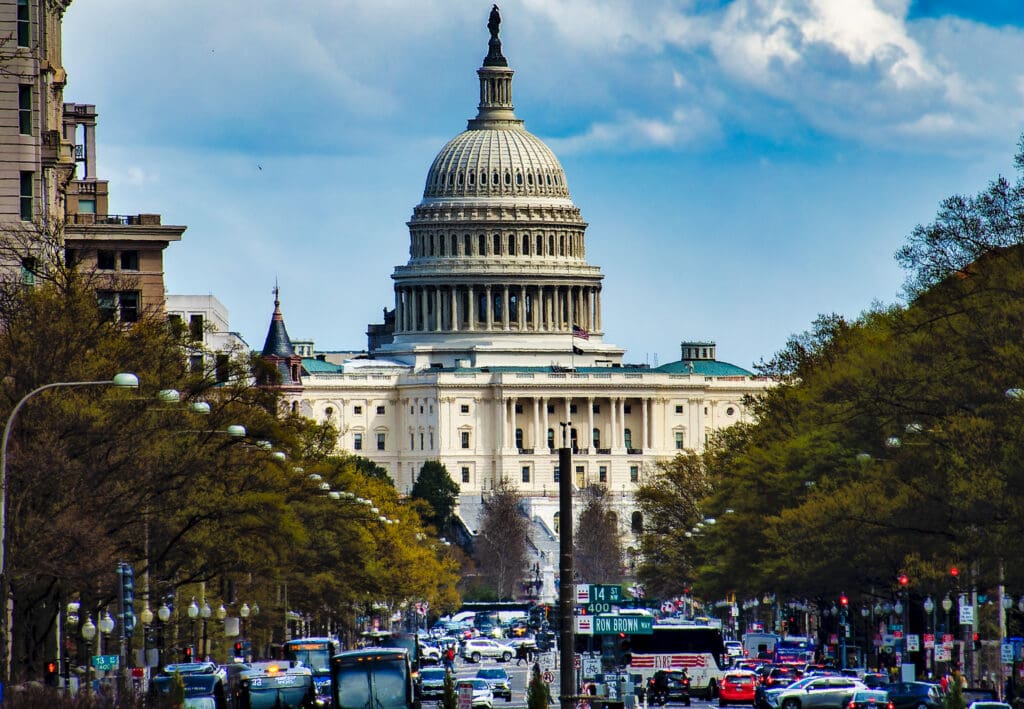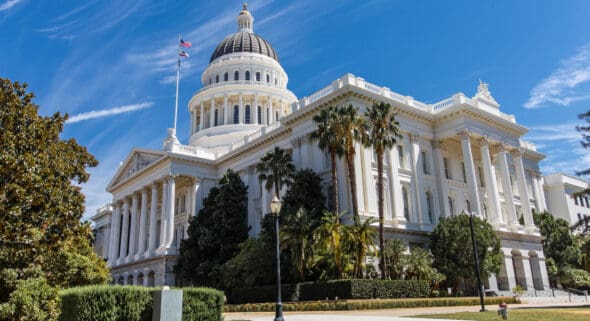Advocacy Must Adapt to Washington’s New Pace


Every administration brings change to how Washington operates. The difference with President Trump’s second term is the pace and unpredictability of that change. Take the number of executive orders the president has issued. He has signed close to 200 since January. During President Trump’s first term, he signed 220 in total — a notable acceleration.
In Congress, we have seen the passage of HR1, also known as the One Big Beautiful Bill Act, which was a massive piece of legislation. But right behind it is the Rescissions Act of 2025, which rescinded billions of dollars of previously approved federal funding.
There is also turnover within the executive branch, the creation of the Department of Government Efficiency (DOGE), and the elimination of entire federal agencies.
Now this might be enough for some groups to adopt a wait-and-see approach to their advocacy, but that could potentially doom their issues in the current environment. In fact, I would argue that to be successful, more advocacy is needed.
For example, in the past, advocacy may have begun by reaching out directly to an appropriator in the Senate or the House, where I used to work. But now more legwork is needed to set up meetings with members of Congress and professional staff members. You’ll have to go to the authorizers and the appropriators, federal agencies, Office of Management and Budget, DOGE, and even the White House.
With that in mind, organizations need to work with firms that take what I like to call a multi-pronged CCC approach to advocacy — communications, connections, and calculation. Specifically, that strategy begins by developing a communications plan to reach this broader group of stakeholders and have the connections to secure the kinds of face-to-face meetings that have traditionally helped move issues along. Our firm is very fortunate to share the same Louisiana roots as both the House speaker and the majority leader.
Organizations also have to be calculated and agile and stay as current as possible. For instance, there could be a new executive order that affects a provision in an appropriations bill that impacts your constituency. This may cause you to reevaluate your original approach and start a completely different advocacy effort. Organizations should ensure they are utilizing advocates that have the resources necessary to achieve their specific goals.
A successful approach is also about being efficient. You need to know who the key stakeholders are, and you must act more quickly than before because things are moving at a very fast pace. And in this environment, there’s more competition for federal dollars. Reduced discretionary funding definitely puts a strain on available resources for any given program and increases the competition to retain or increase that funding.
This isn’t to say that traditional outreach methods need to be abandoned. I think fly-ins are still helpful as well. During days when Congress is in session, there’s constant activity, which I think is good for clients to experience. That scramble reminds me of high school when the bell rings and everybody comes into the hall to scurry to their next class. Maneuvering your clients around the Hill on those busy days is a terrific way to set their expectations for the year ahead.
Marybeth Nassif is Director of Government Relations at Jones Walker LLP. Prior to joining the firm, she served for nearly a decade as a professional staffer for the U.S. House Committee on Appropriations.


